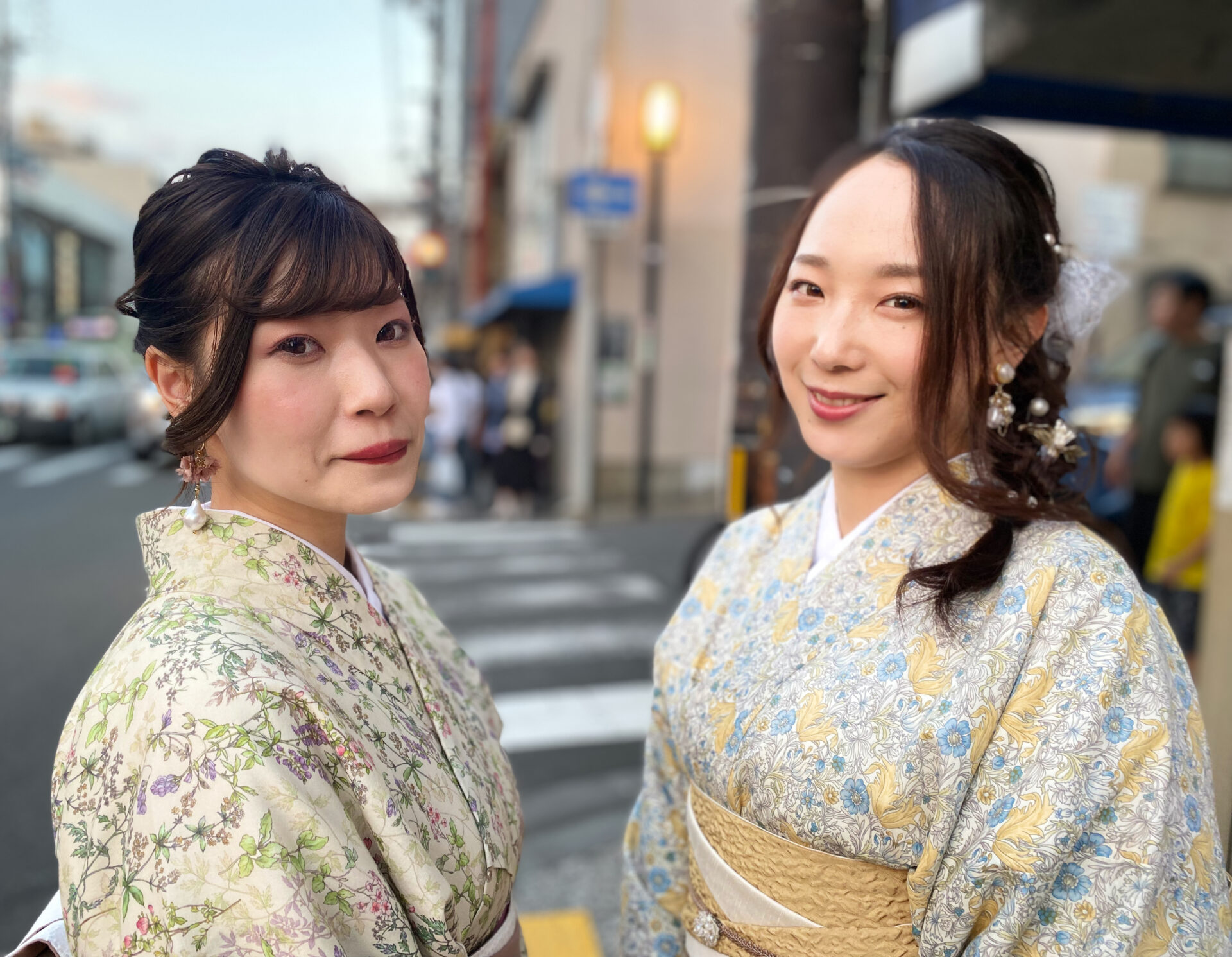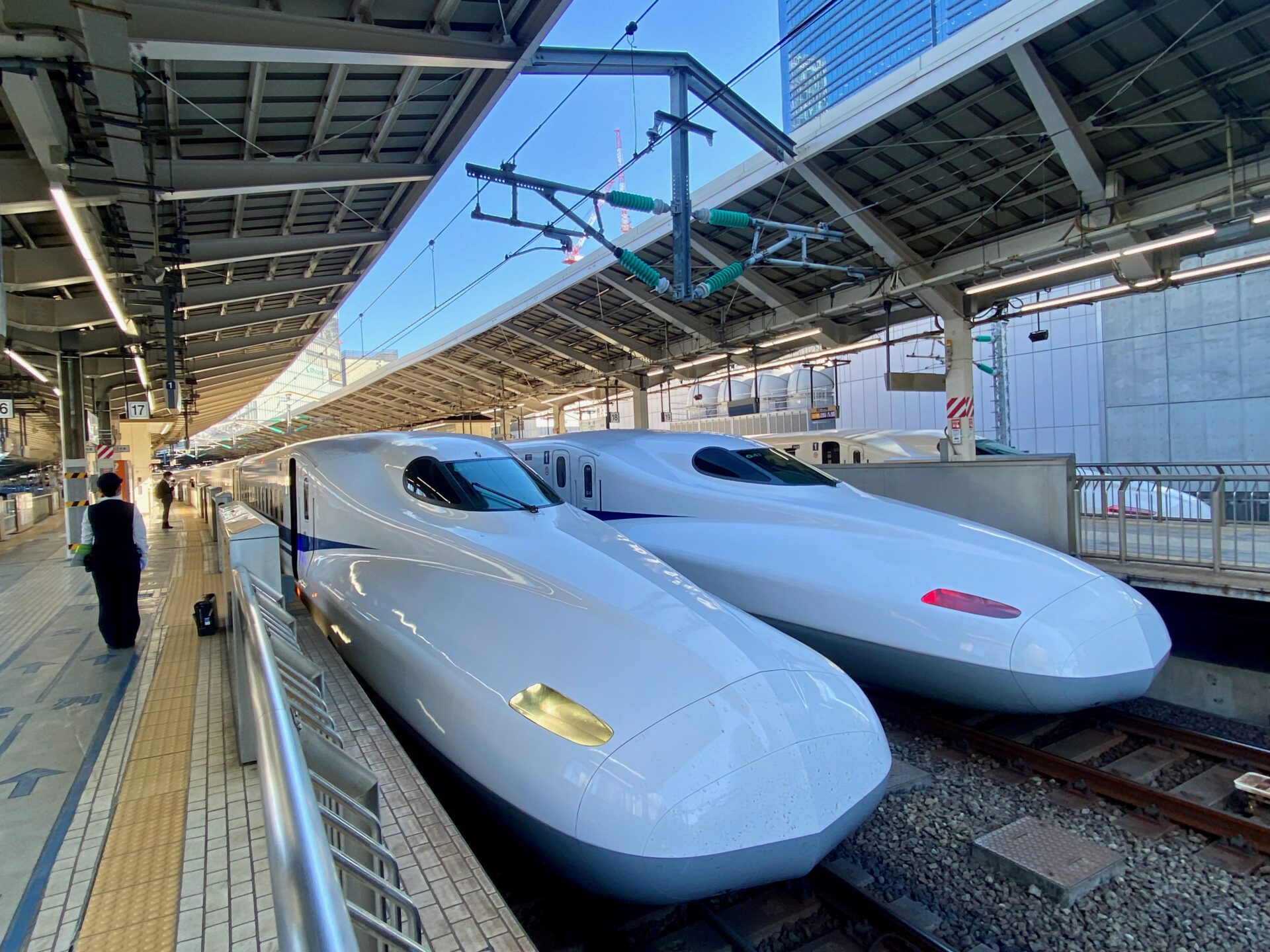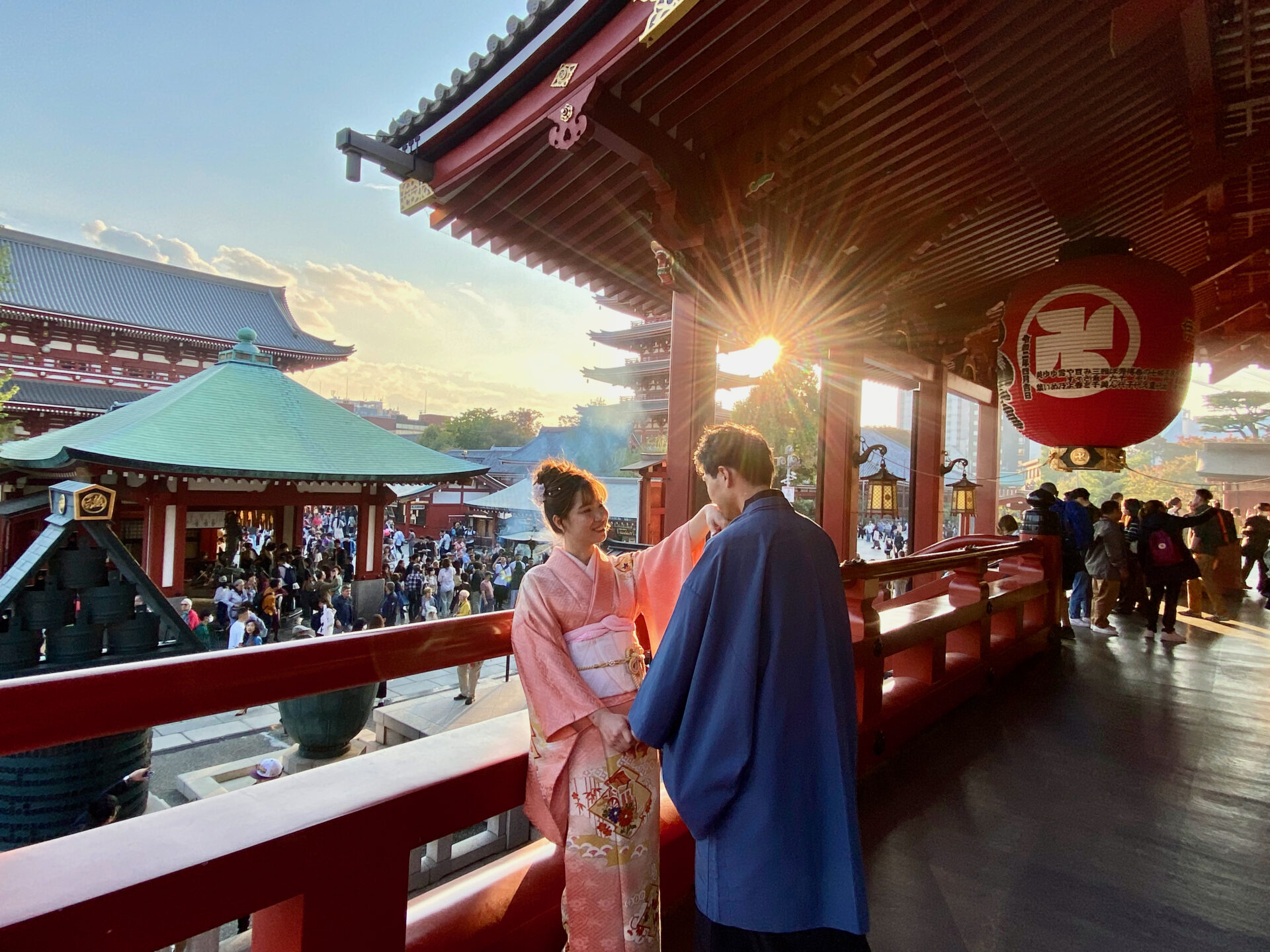
Miyajima Island
In late October and early November of this year, my husband and I travelled to Japan. I enjoy sharing my travel experiences on Facebook. In the evenings, I summarize what I have seen, learned, or experienced. However, Facebook is not a diary—its algorithm hides these posts, making them difficult to access later. That’s why I’ve decided to give some posts a more permanent home here.
Let me begin with what I wrote at the end of our trip, at Tokyo airport, just before leaving for Europe.
I don’t travel to make comparisons. I am not seeking “better” or “worse” countries than mine. I travel to learn and broaden my horizons. Every country is unique, and every society has its own way of functioning.
Japan wasn’t originally on my bucket list. It was one of those countries I left to chance: If the opportunity arose, I would gladly visit. But it didn’t have to be. During this trip, I grew fond of it.
For travellers, Japan is surprisingly accessible, especially when compared to other Asian countries like India. Perhaps it’s a bit less straightforward for someone who has never ventured beyond the Western world. On the map, Japan is one of Asia’s easternmost countries, but in terms of civilisation, it is likely Asia’s westernmost country. Many aspects of life are influenced by the Western way of life.
One could even argue that Western standards have been perfected here. Everything is well-organised and elaborate, leaving nothing to chaos or anarchy.
Of course, Japan is also unique. Beneath the surface lies a different mentality. Diligence, discipline, and the collective are highly valued. A Czech Japanologist once remarked that the Japanese do not understand leisure time in our sense. As rice farmers, they always had something to do, from early morning until late at night, and this sense of duty has stayed with them.
People are raised to be mindful of the space they inhabit, placing more emphasis on the community over individuals. The Japanese are admirable in their respect and courtesy. They go out of their way to help lost tourists, and one always feels welcomed and valued. Cities are vast but surprisingly clean, and public transport is widely used and highly efficient.
Japan is arguably one of the safest countries in the world, with low crime rates. Japanese minimalism and Zen gardens instill a sense of peace and serenity. There are many more things to admire about Japan. Of course, there are also aspects that one might find a bit peculiar, such as the fact that credit cards are not accepted in many places. But that’s a minor inconvenience.
Arigato – thank you, Japan, for a wonderful time. I have learned a lot.
***
At one of my first Czech courses in Prague in the 1990s, I sat next to a young Japanese woman named Ryoko. She always got the grammar right, I didn’t. We became friends, I took her to my home town in Austria and certainly embarrassed her many times. People wondered why an Austrian and a Japanese speak Czech together, and we laughed. Back in Japan, she wrote me letters in perfect Czech. Her command of Czech has remained incredibly high throughout the years, as well as her understanding of the culture and history of Slavic countries. After more than twenty years, we have met in Japan. She showed me her home town Shizuoka and the beach where she liked to bathe in her childhood. Long live our friendship.

Tokyo

View from the Tokyo Metropolitan Building
Tokyo metropolitan area has 37 million inhabitants. One city transitions into the next. However, among rich cities, Tokyo has the lowest car use in the world! There is no traffic noise, no honking, and no congestion. Furthermore, a significant number of cars must be electric, as they generate neither engine noise nor exhaust gases. This makes a tremendous impact, ensuring breathable air throughout the city. Only 12% of journeys are undertaken by car, and cycling surpasses driving, accounting for 17% of journeys.
I have never played video games, anime, manga, otaku (die-hard), or anything of the sort. Akihabara Electric Town in Tokyo is the epicentre and paradise of this subculture, and a substantial business industry.

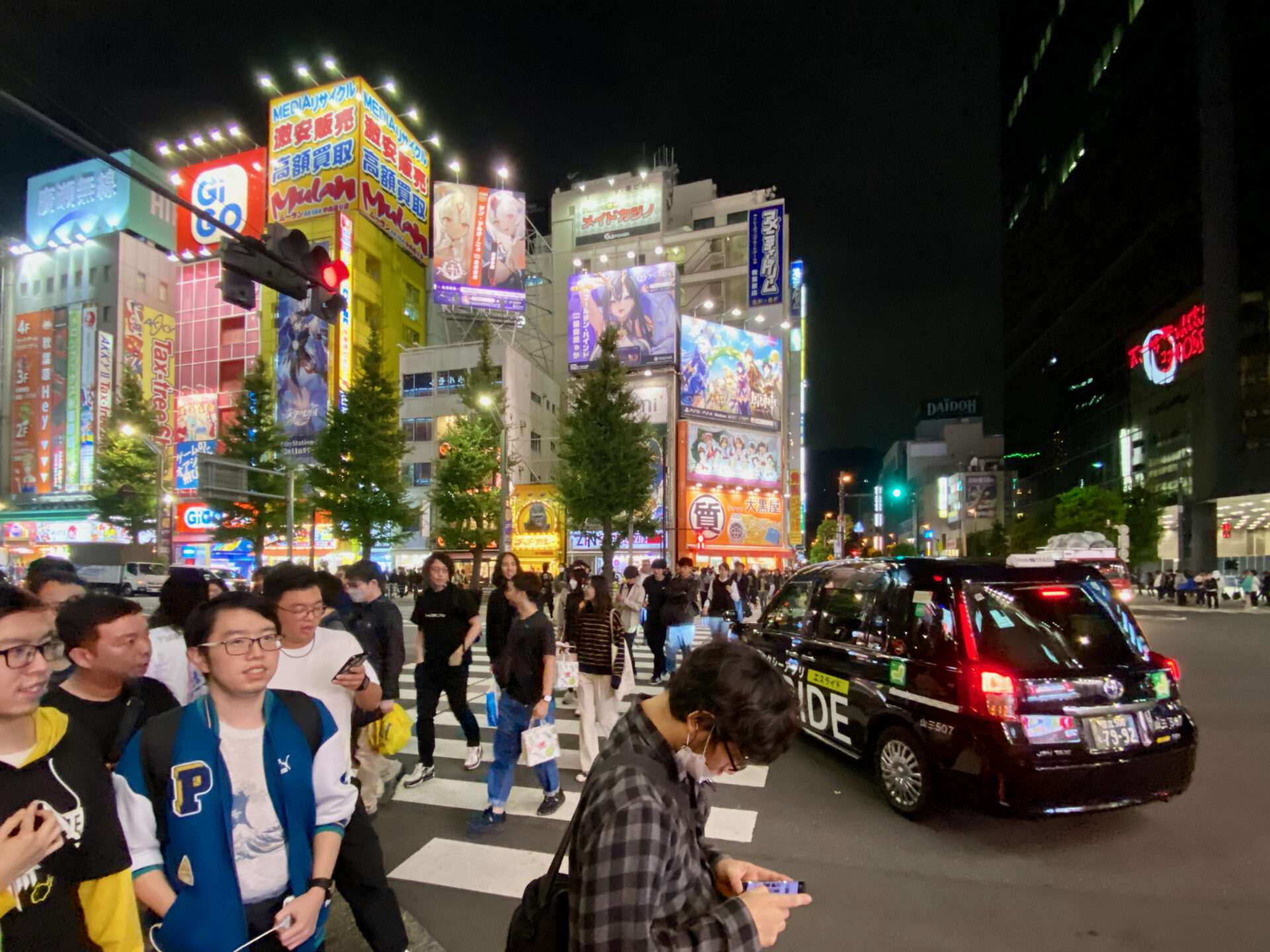
Akihabara Electric Town
Shrines
We have visited many shrines. Kashuga Taisha in Nara, Japan’s first permanent capital in the 8th century, is the one I liked most. Its pathways are lined with hundreds of lanterns, with many hundreds more in the shrine itself. They are illuminated twice a year during the Mantoro Lantern Festival.
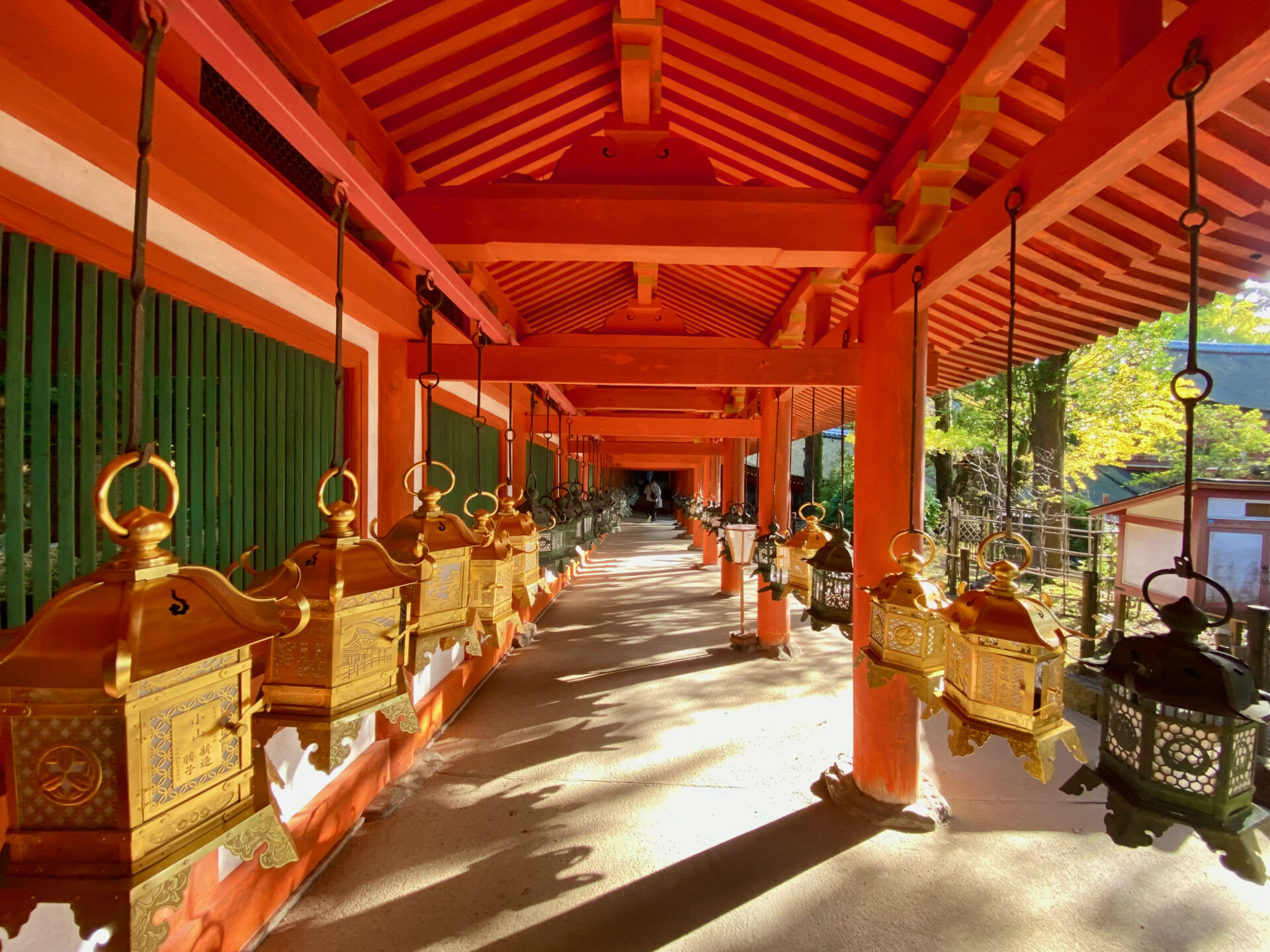
Kashuga Taisha Shrine, Nara
The Great Buddha of Nara is a huge gilt-bronze statue which stands over 16 m high, consists of 437 tonnes of bronze and 130 kg of gold and is housed in the Todai-ji Temple, the largest wooden building in the world – its origins go back to 728 AD. Historians believe that Emperor Shomu ordered the building of the Buddha as a charm against smallpox, which had ravaged Japan in the preceding years.
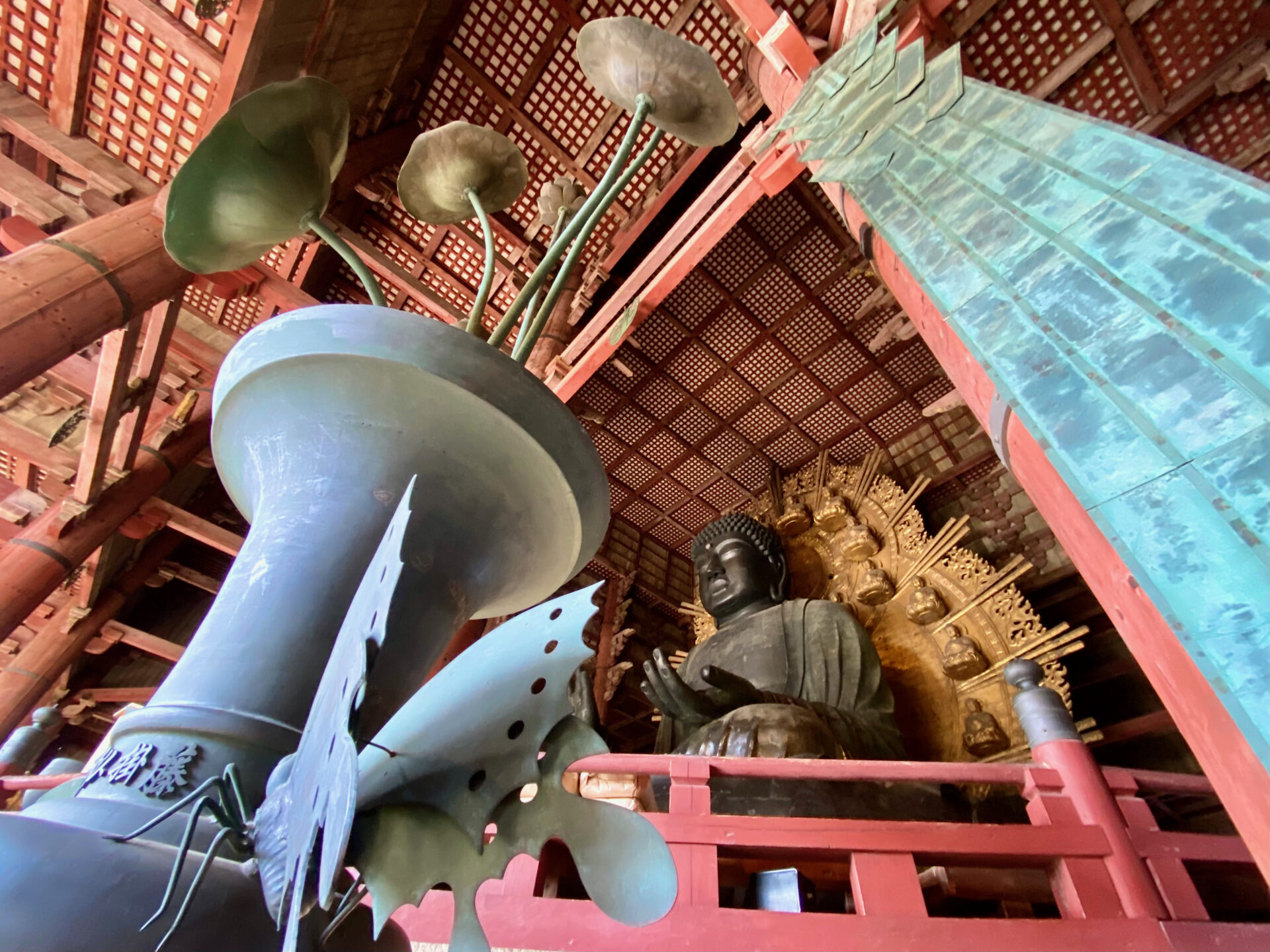
Great Buddha of Nara
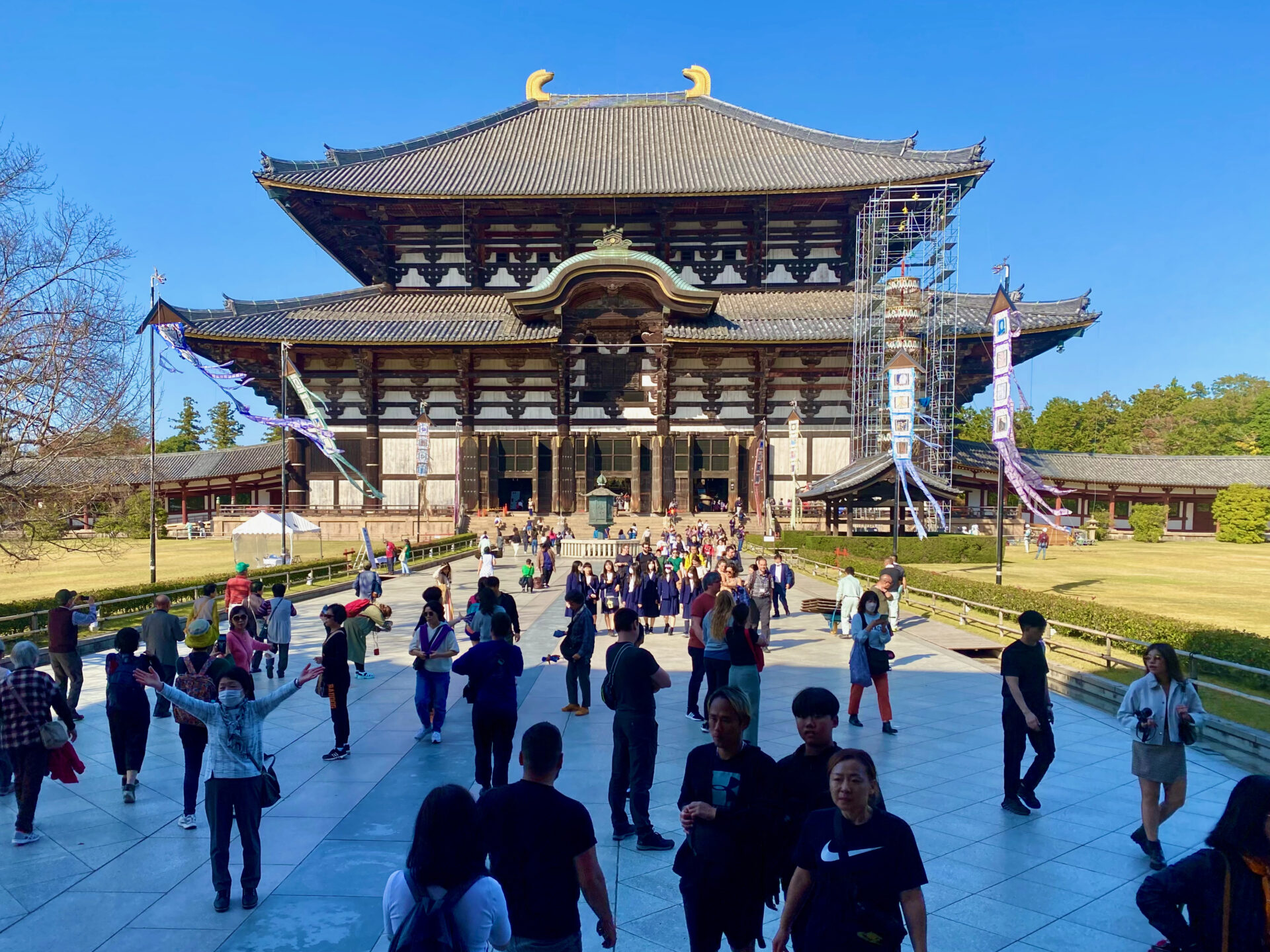
Todai-Ji Temple
The Japanese Alps
Japan has some stunning nature, beautiful forests and charming mountain villages with farmhouses in the unique gassho-zukuri style with thatched roofs.
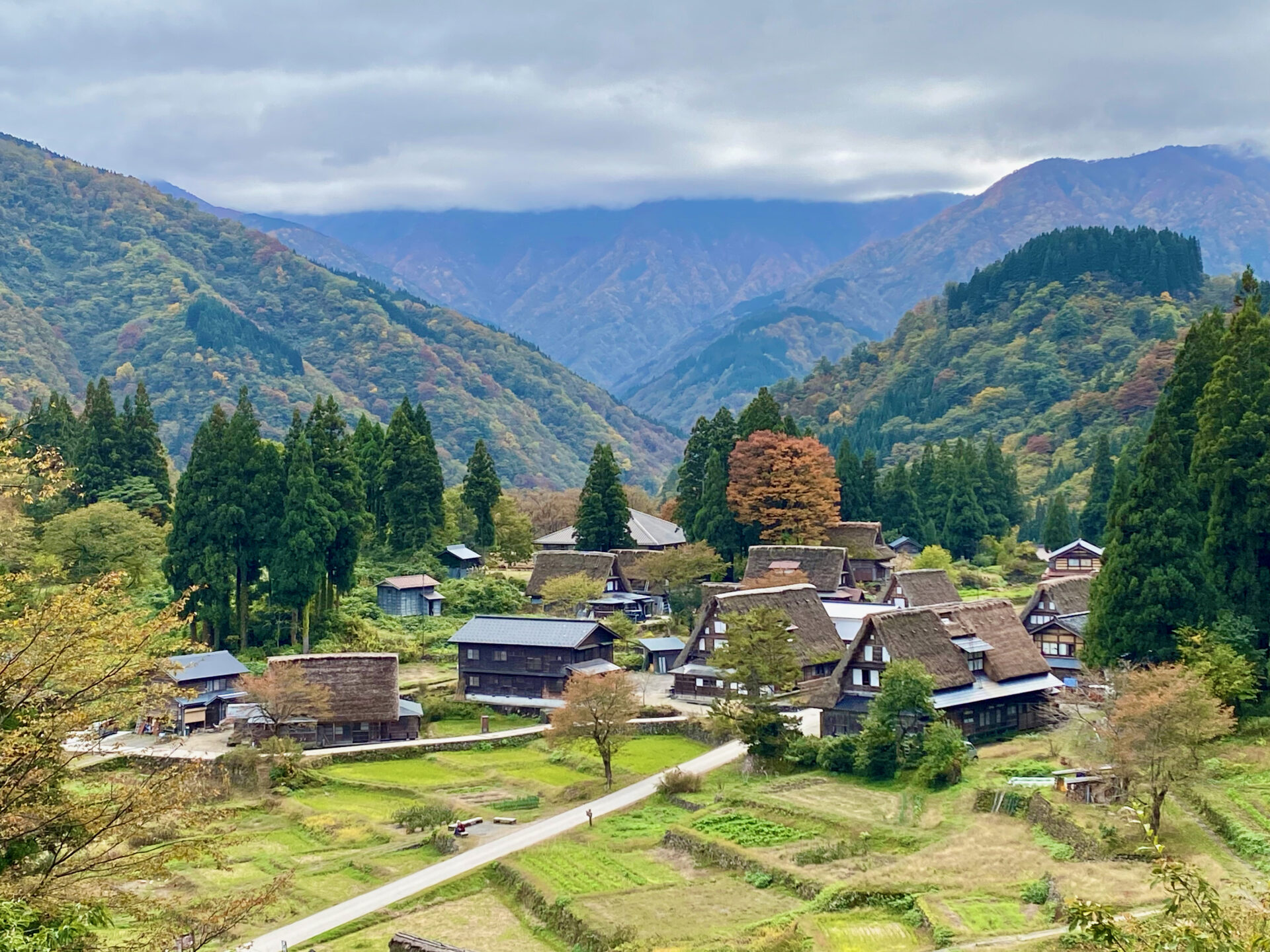
Ainokura
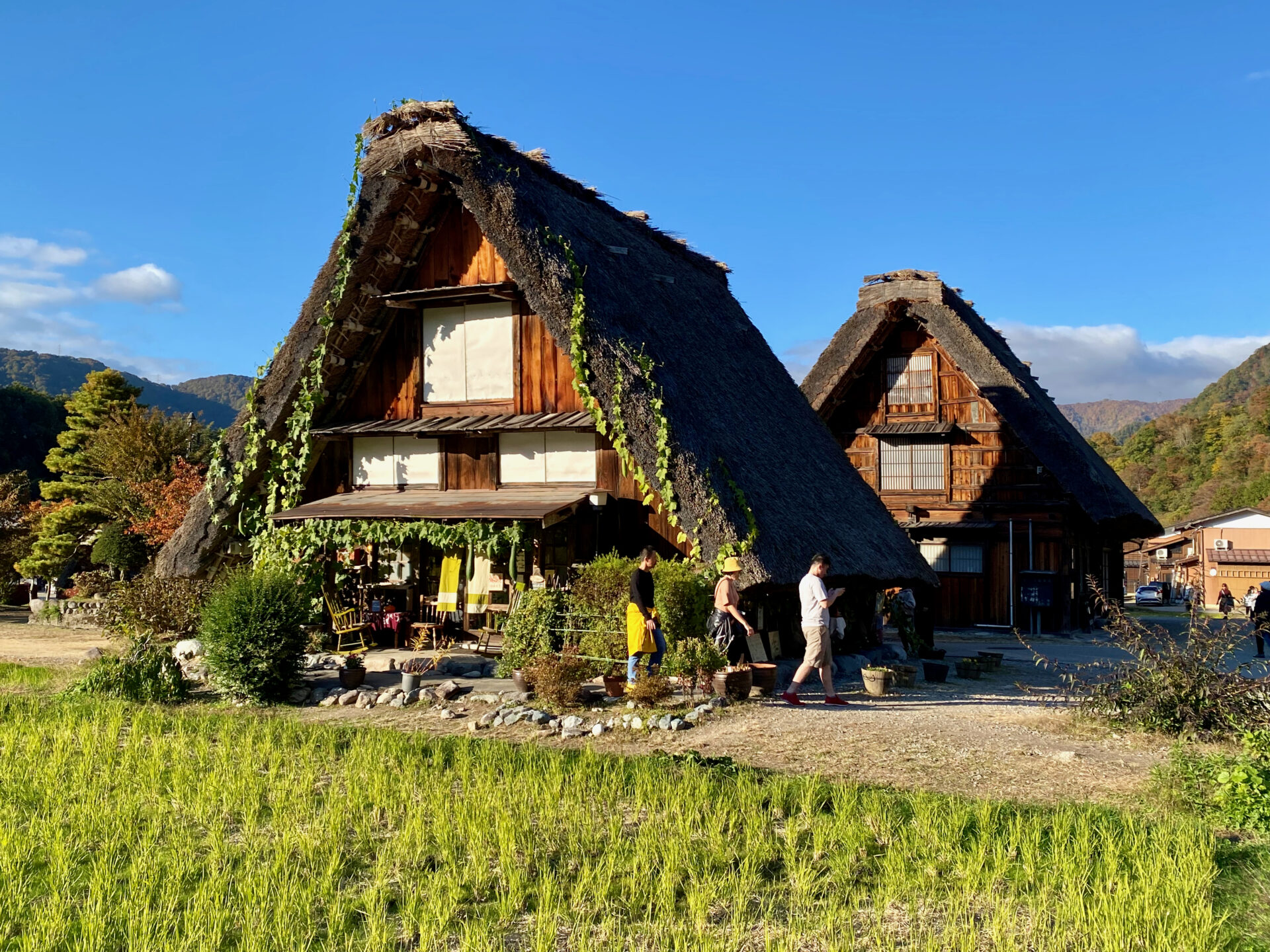
Shirakawa-go
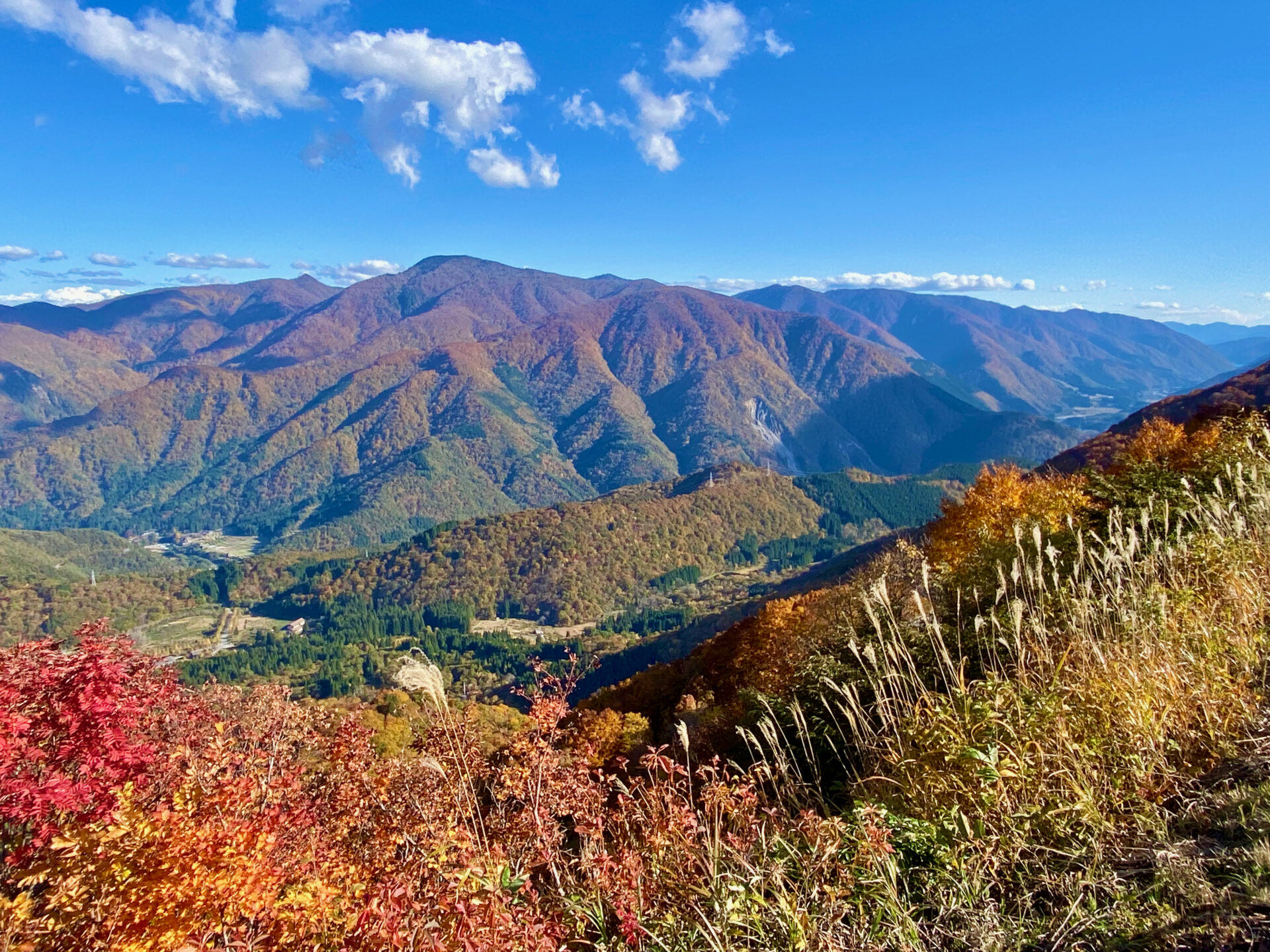
Hakusan National Park
Japanese Gardens
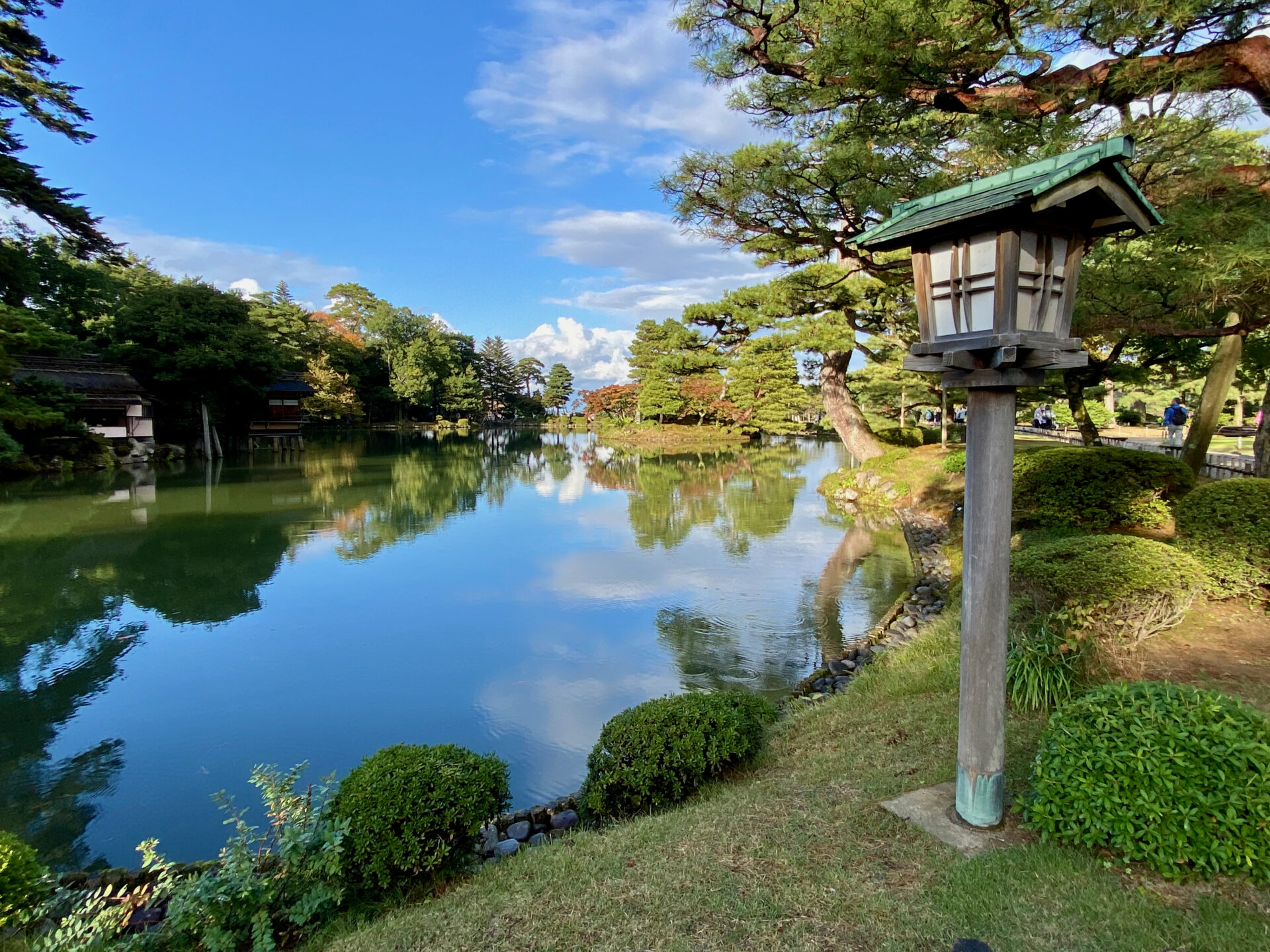
Kenrokuen Garden in Kanazawa

Kenrokuen
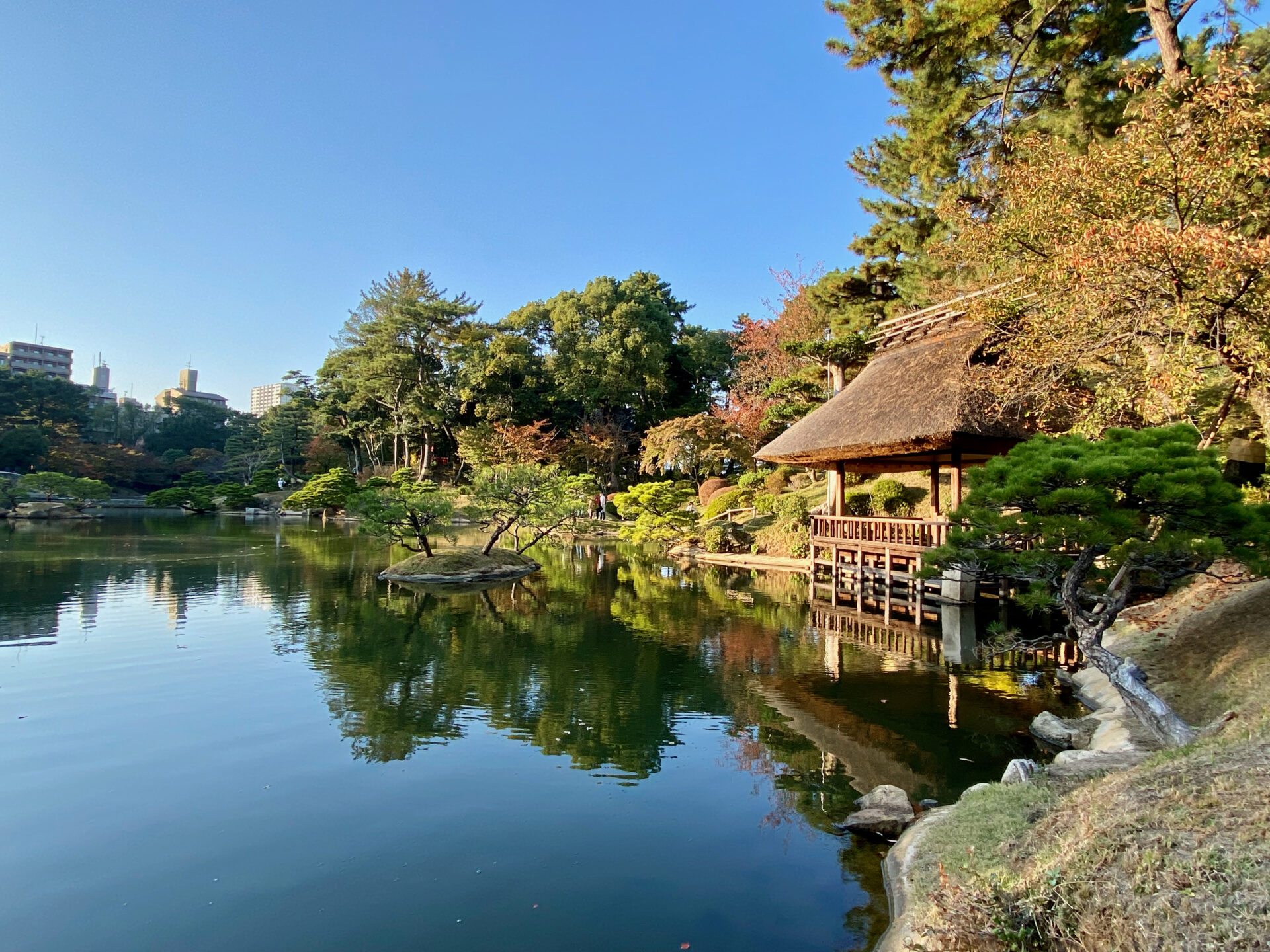
Shukkeien Garden in Hiroshima
Hiroshima
It hurts to stand in front of the A-Bomb-Dome, knowing what is going on in the world in 2023. The building was designed in 1915 by a Czech architect.
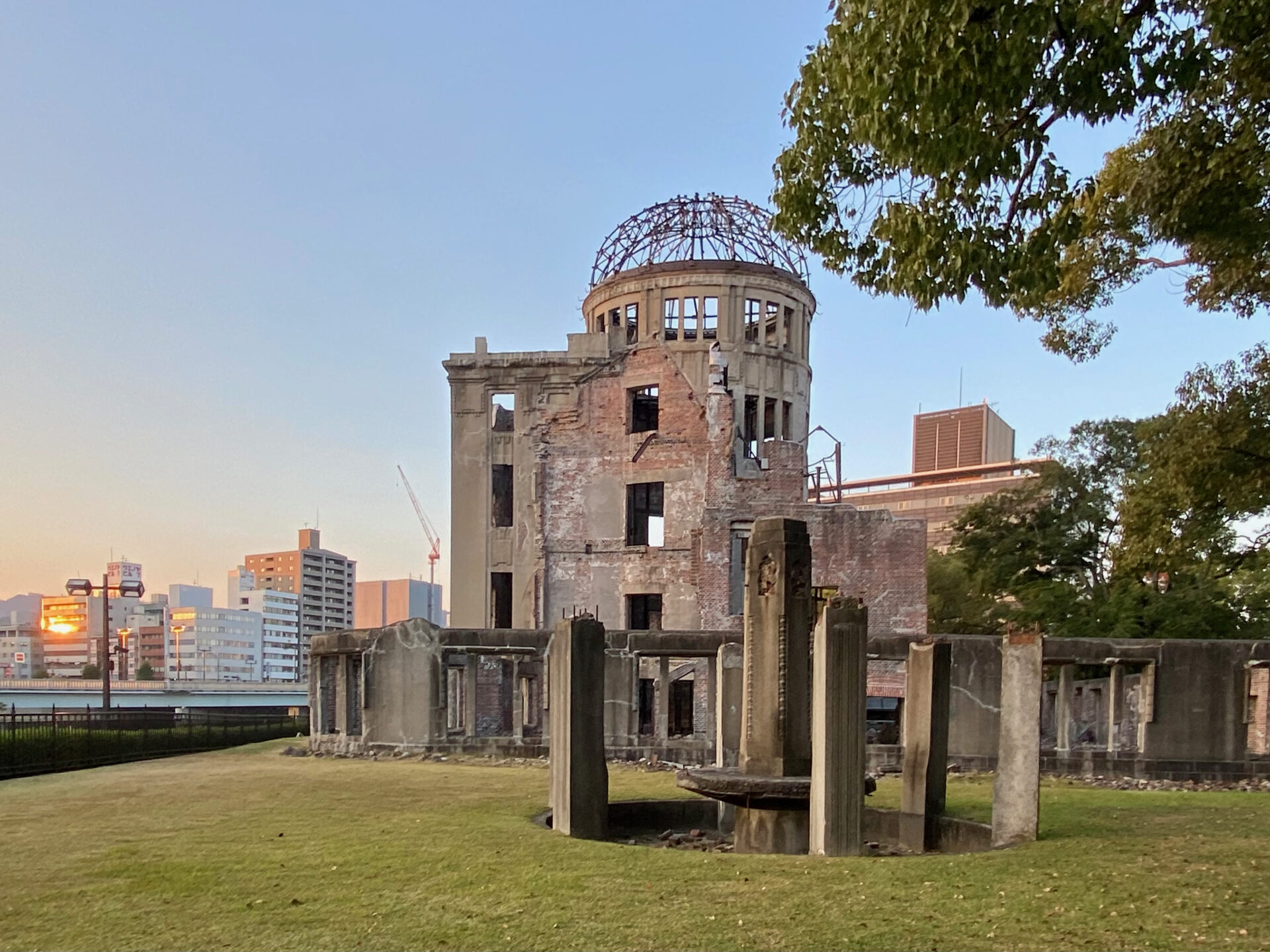
A-Bomb-Dome
On 6 August 1945, the bomb exploded almost directly above the building, obliterated 90% of the city and instantly killed 80,000 people. Toxic black rain fell 30 minutes after the blast, carrying 200 different types of radioactive isotopes and contaminating the thirsty wounded who drank it. After the war, it was decided to preserve the shell of the building as a memorial. In 1996, it was registered as a UNESCO World Heritage Site.

And yet, Hiroshima is far from a depressing place. It is a vibrant city with lots of restaurants, shops and … a tram.
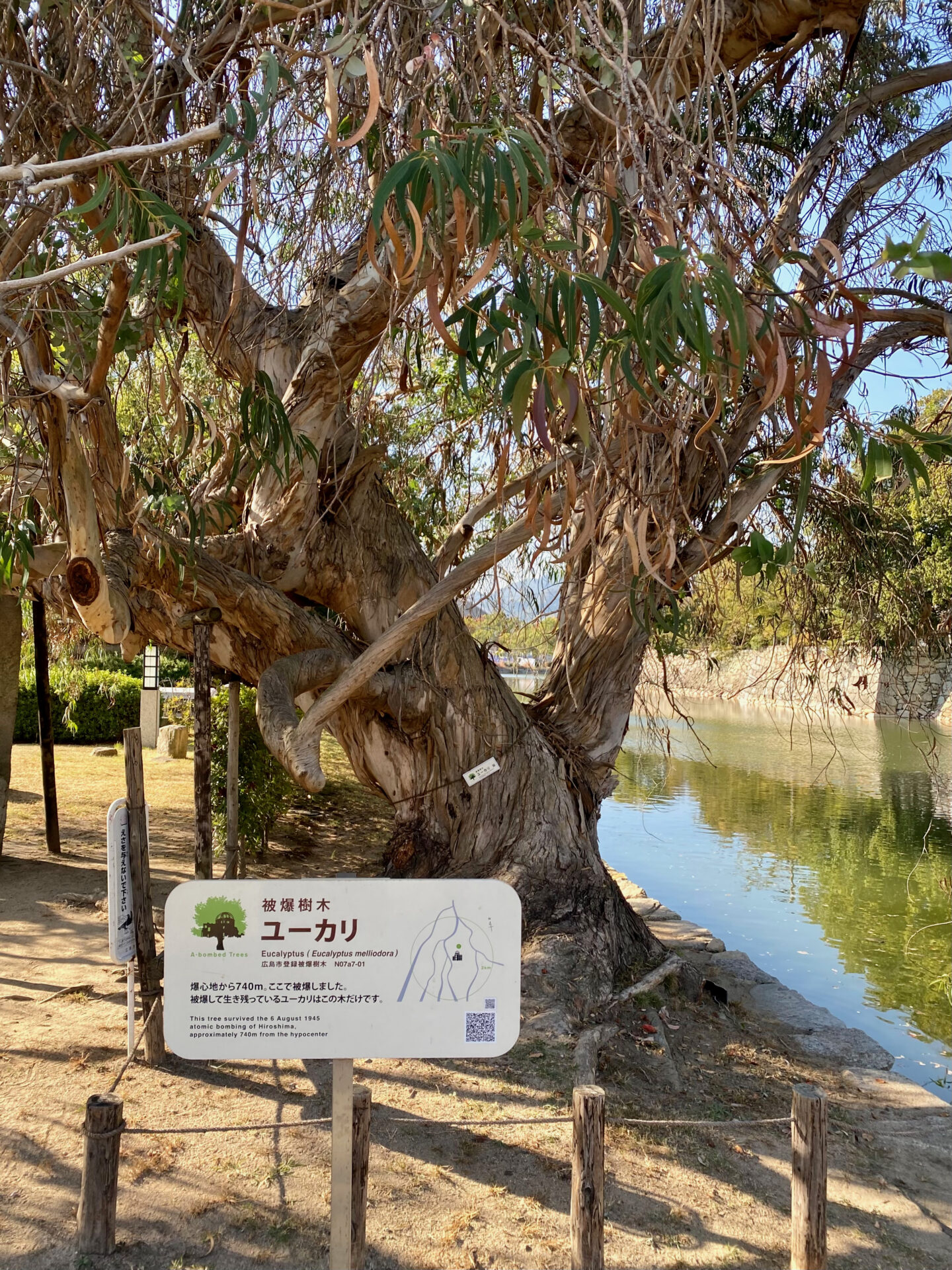
A-Bomb survivor Eukalyptus
Human survivors of the atomic bomb are called hibakusha. Hibakujumoku is the Japanese term for a survivor tree.
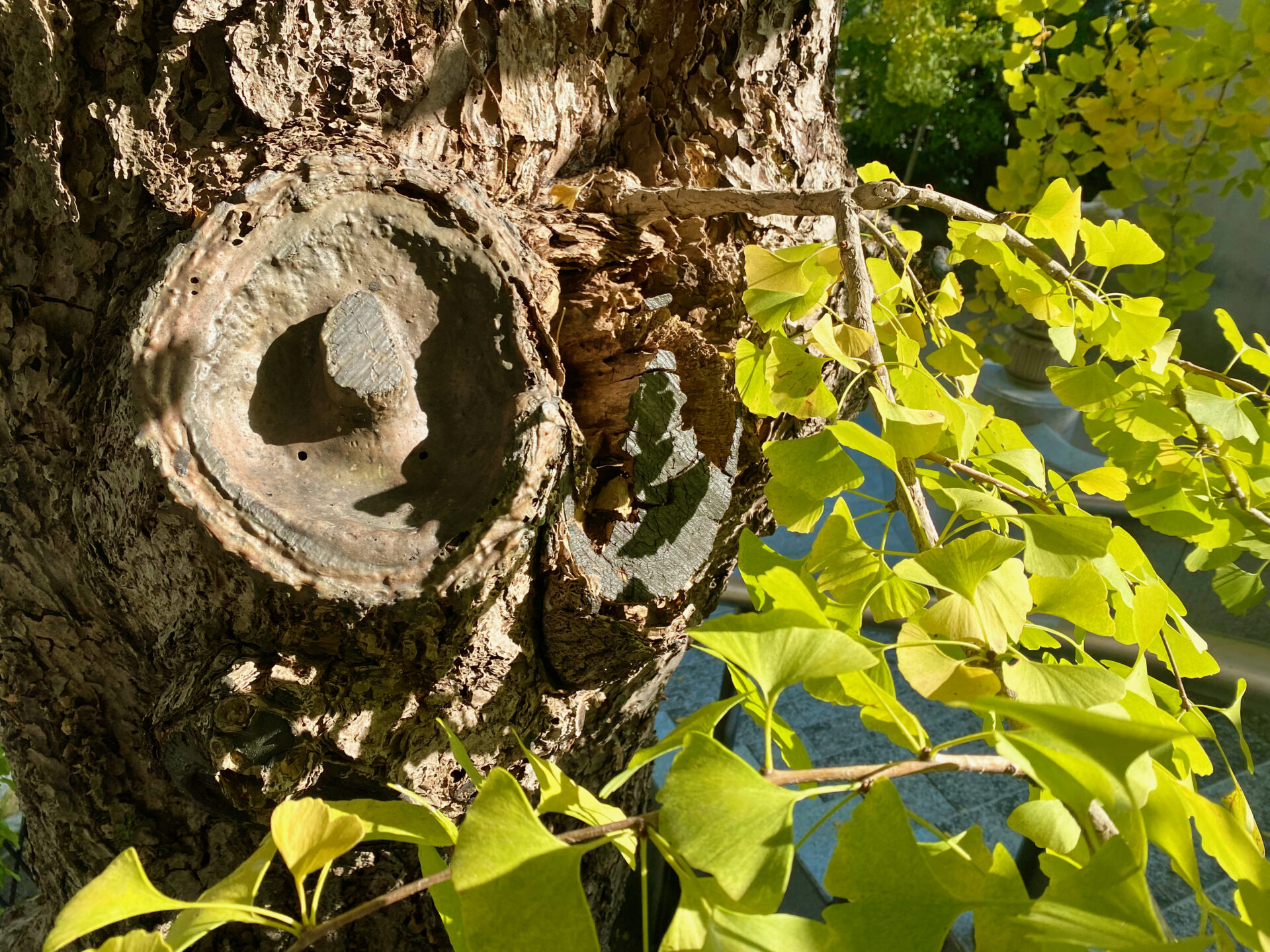
Gingko survivor
Kyoto
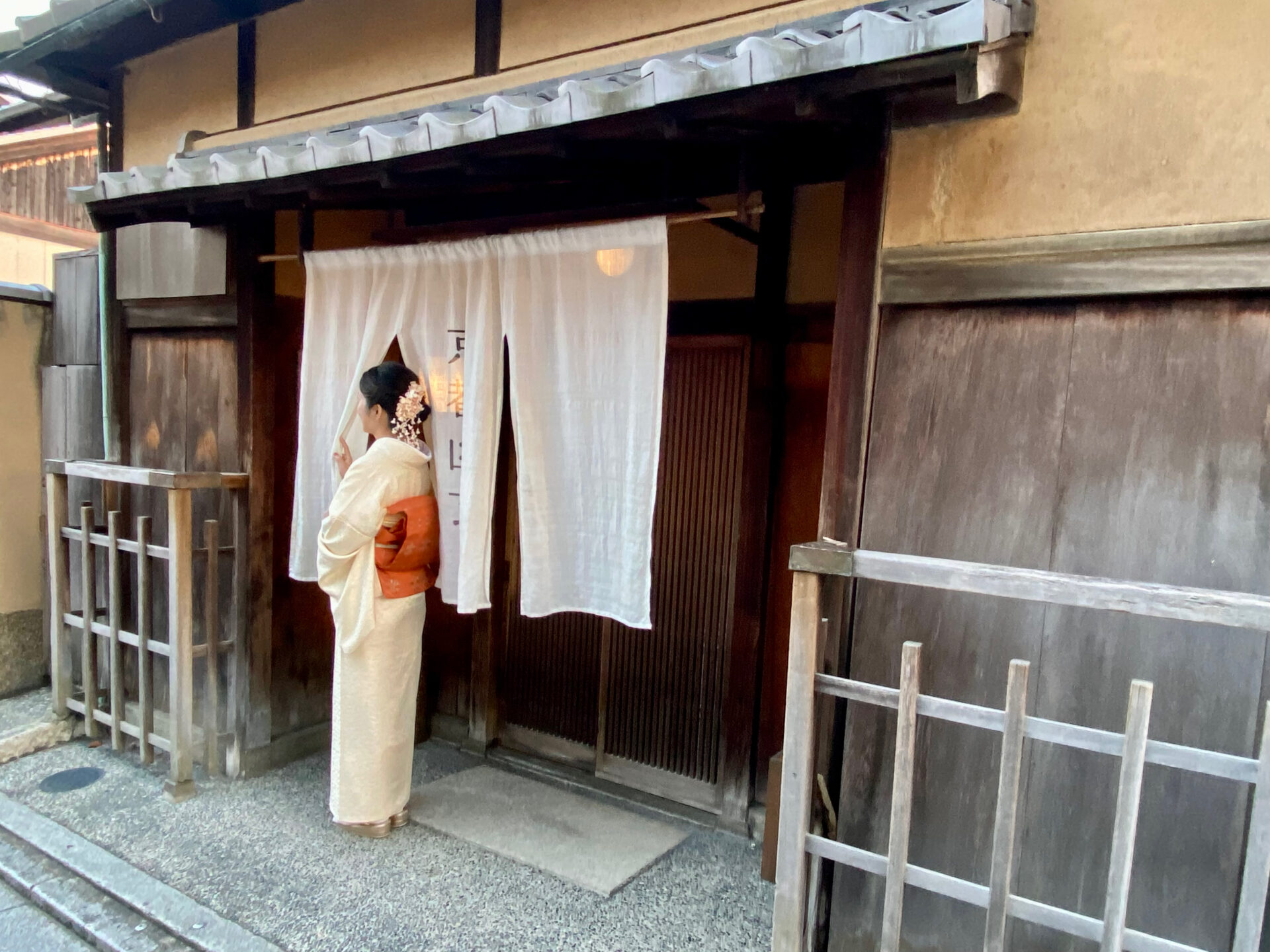
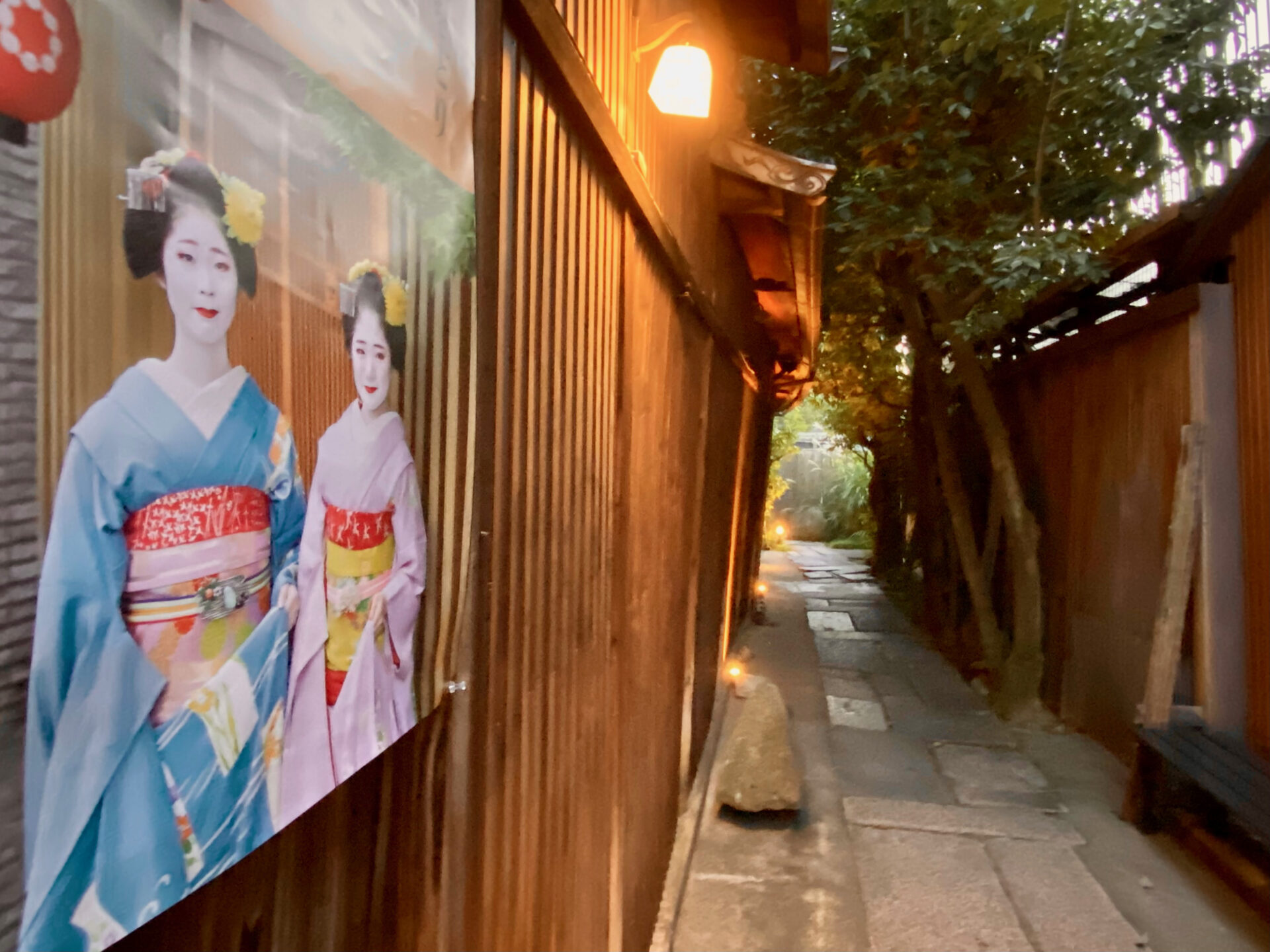
Maikoya Teahouse
Every tourist in Kyoto wants to see a geisha. There are still about 1,000 geisha in Japan, with half working in Kyoto. It is not easy to spot a geisha (or geiko, as they are called in Kyoto) in the street. Since tourists harassed them to take a selfie, chasing them or even tugging at their kimono, the local government has banned photographs of geishas in private hallways or without permission.
It is possible to see a geisha in a performance or special tea ceremony. We first thought Maikoya is a kind of geisha museum (this is what Google maps said), but it is a traditional teahouse where such ceremonies take place. At the end of an alley lit by beautiful lanterns, we reached an entrance and were told to wait for a few minutes. Then, a beautiful lady in her forties appeared and asked whether we had reserved. No, I said, but maybe there are still places available. Unfortunately not, she replied, it’s all sold out, the whole month. She was very amiable and spoke good English. She didn’t wear white make-up but I think she was a geisha.
